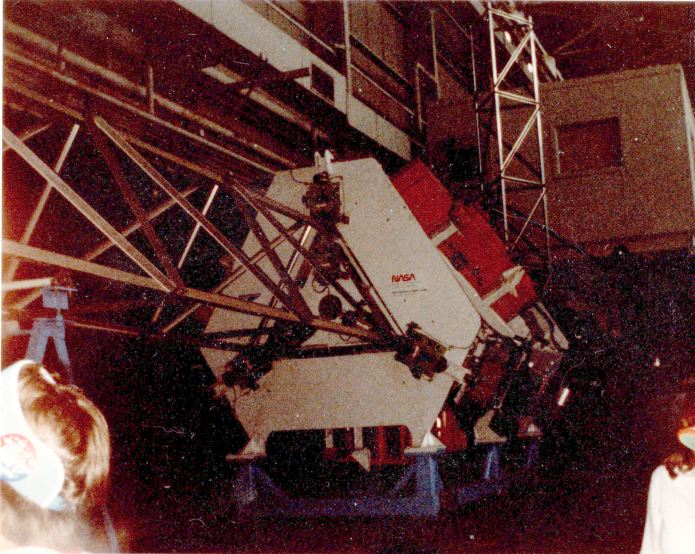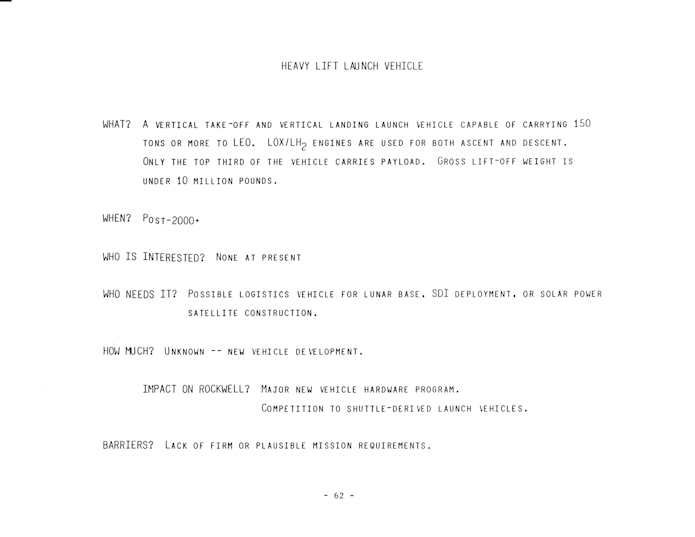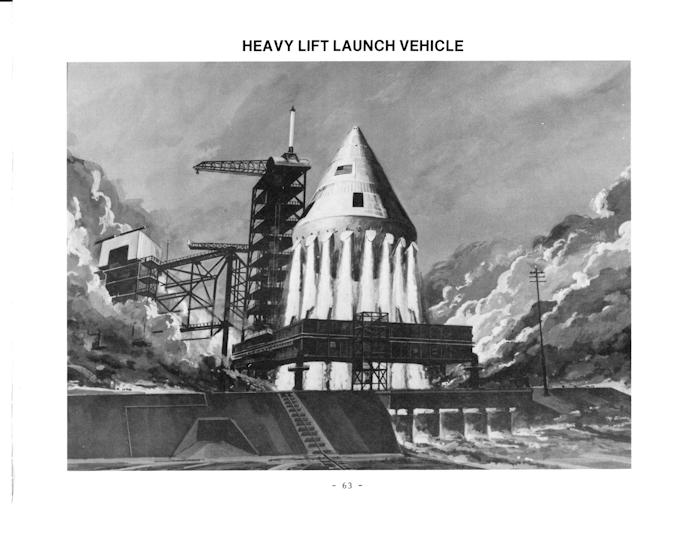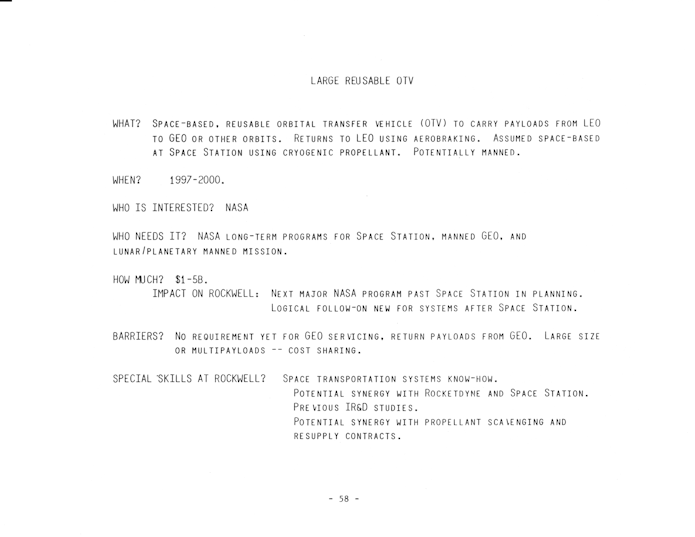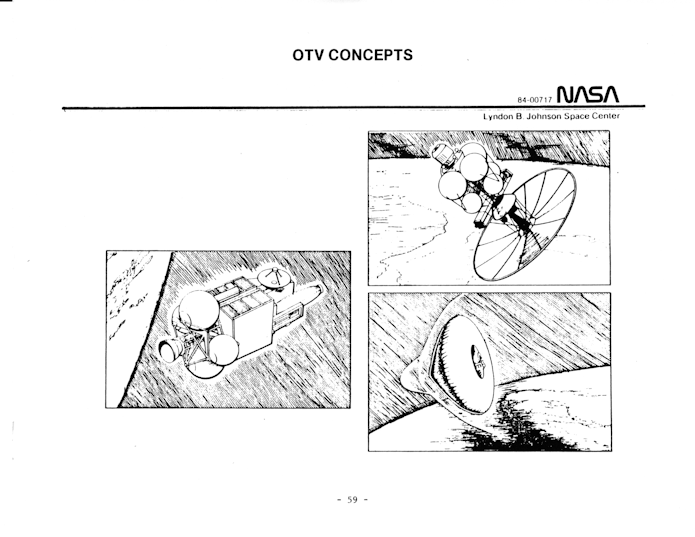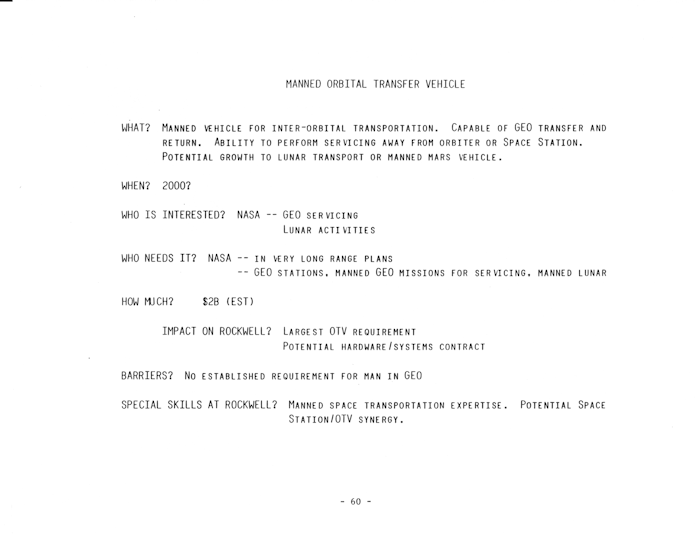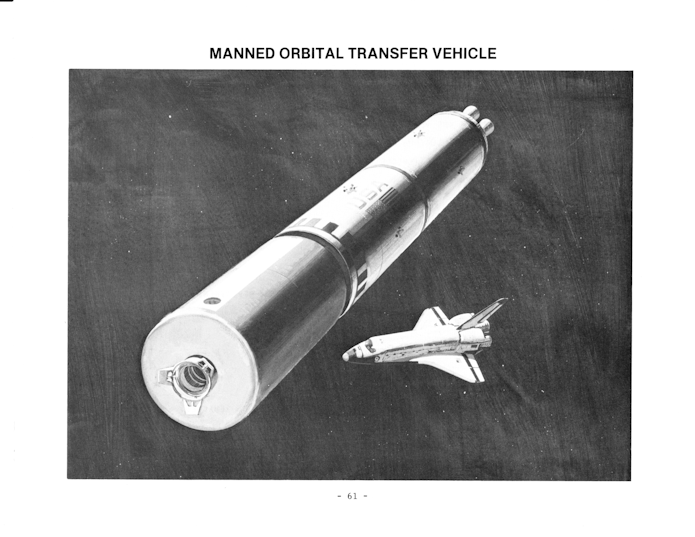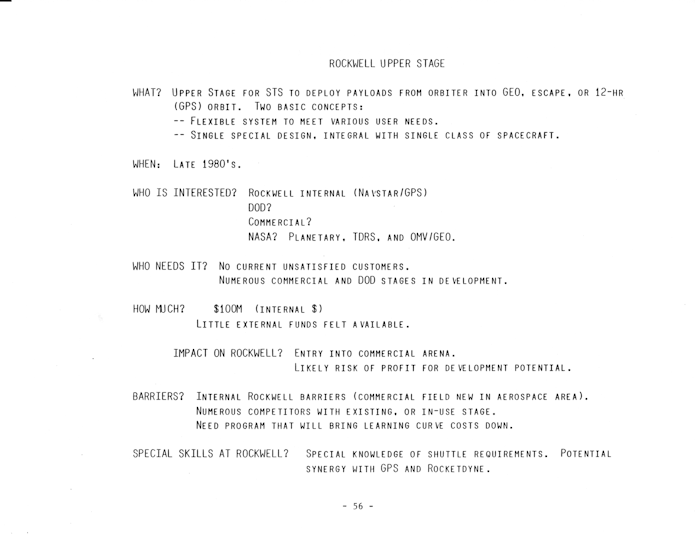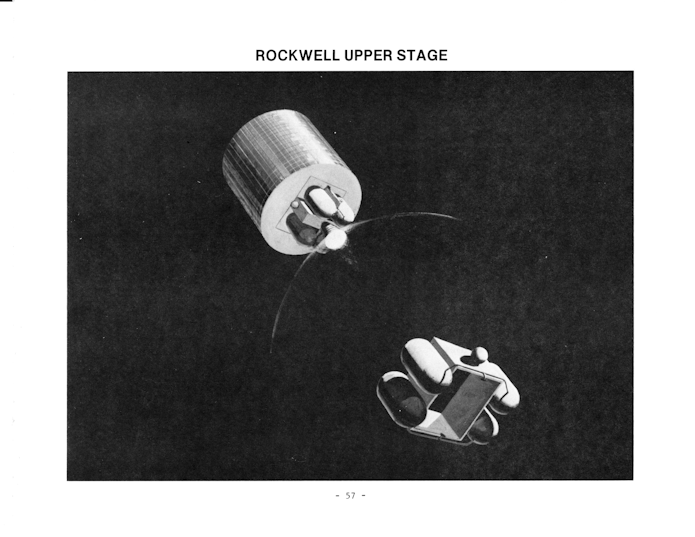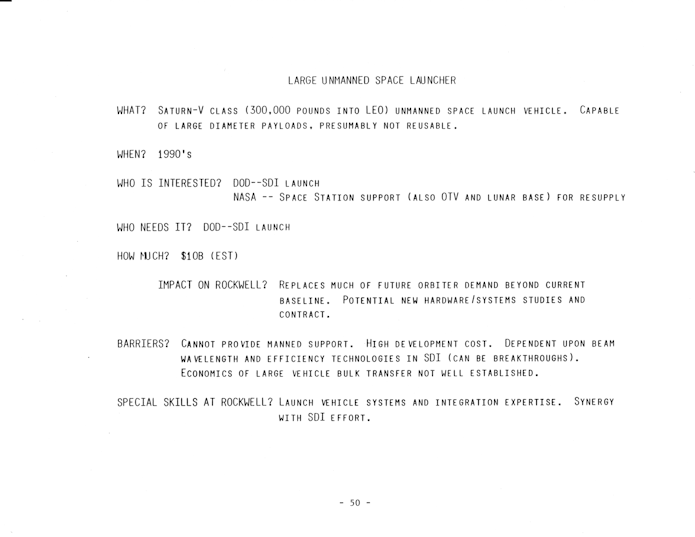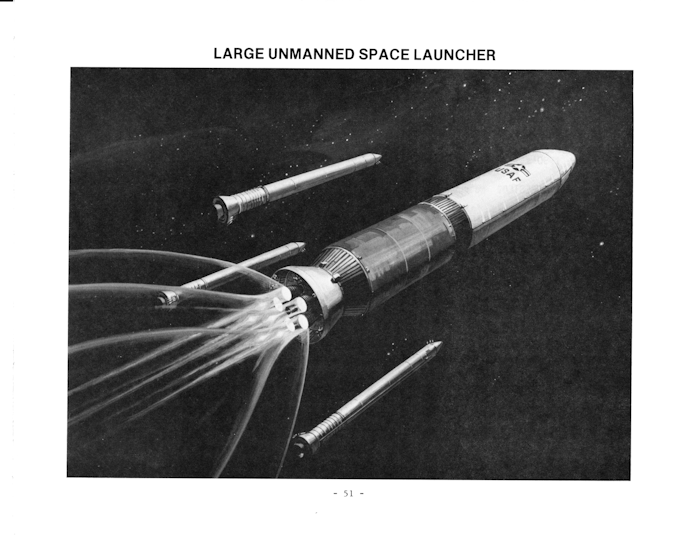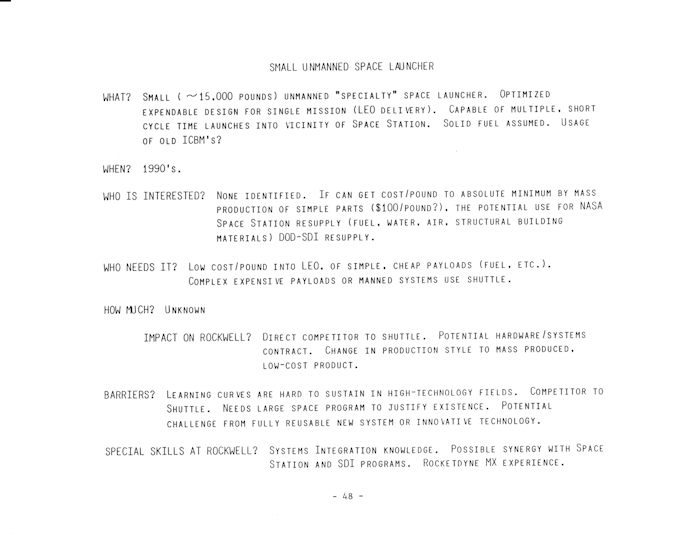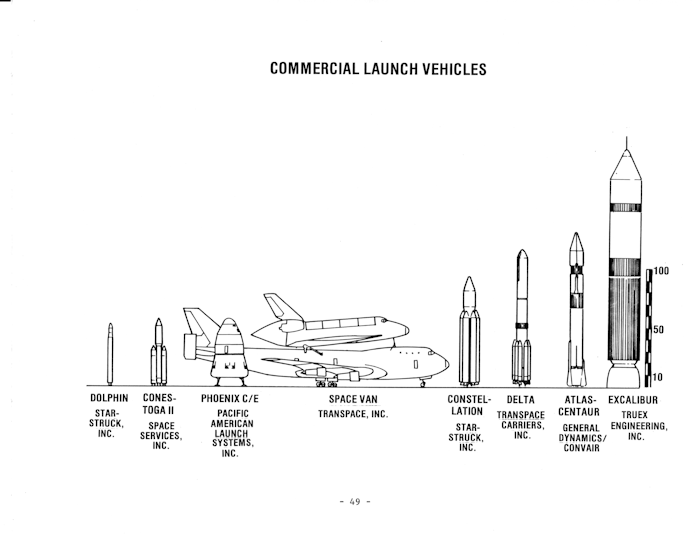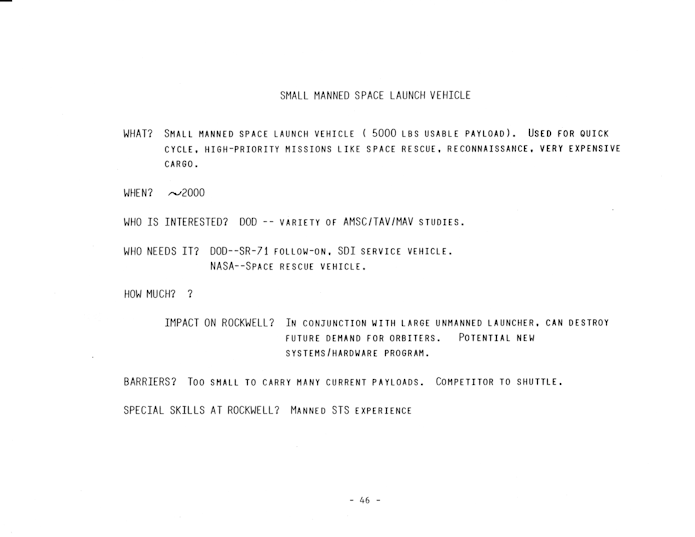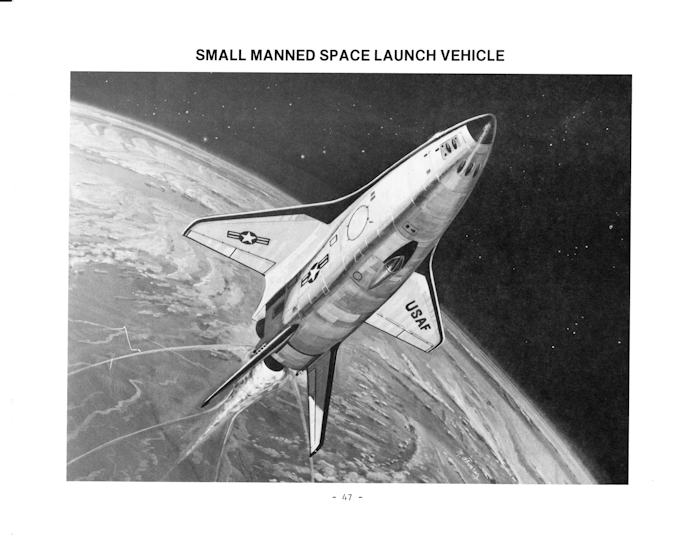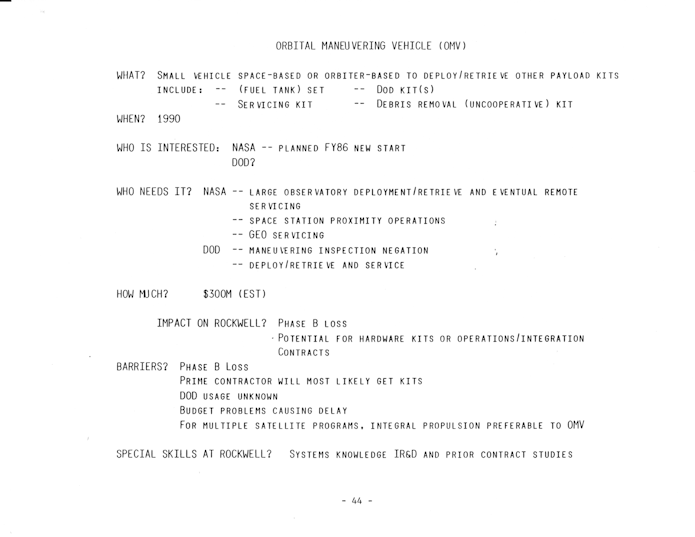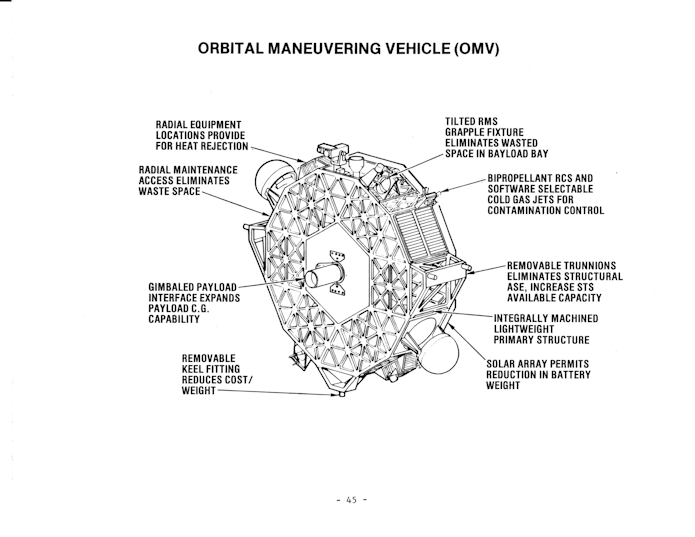In the mad dash to collect what I needed for shipment (and for a time storage… there was, until a late development, the full expectation that I and my cats would spend a good long while as officially homeless), I looked through a great many things I had not examined in a long time, and wound up throwing a *lot*of it into the garbage. My college aerospace engineering homework? Garbage. The vast majority of the photos I took in my pre-digital days? Garbage. This was aided in the fact that the vast majority of those photos had found themselves under a leak in the shop roof and had been welded together into an undifferentiated brick of paper. But a few random, scattered photos were found more or less intact… and even then, most wound up in the garbage because, come on, they were little better than garbage when they were fresh from the developer.
A few that were deemed worthy of scanning were three taken when I was in Space Camp in 1983. The three, which are technically *really* *bad,* show a Grumman “beam builder” that we space tykes got to see at NASA-Marshall Space Flight Center. A device intended to by launched by the Shuttle, it would be fed rolls of aluminum “tape” and would bend, cut and weld them together into structural beams, sure just the thing that would be needed by the early 90’s at the latest to help build the solar power satellites, space station and early space habitats that would certainly be under construction by then.
As my damn near 40-year-gone memory suggests, we were told that the device on display was a *real* beam builder as opposed to a mockup. But I can’t be sure about that.
I’ve uploaded the three photos scanned at 600 dpi, including some modest “enhancements,” to the 2019-10 APR Extras folder at Dropbox available to all $4 and up APR Monthly Historical Document Program subscribers & Patrons. Is it great stuff? Nope. But what do you really expect from one of these kids?
